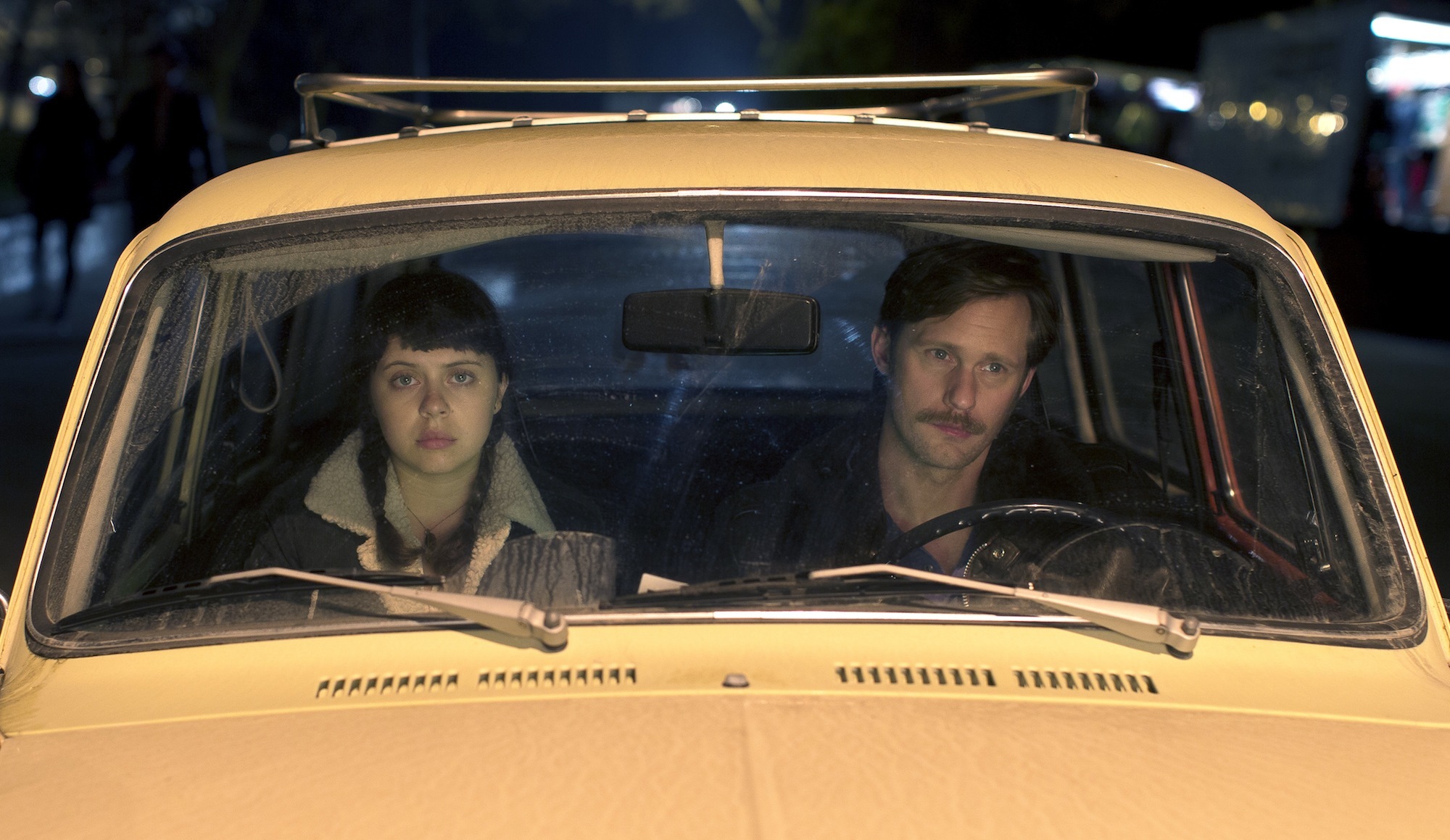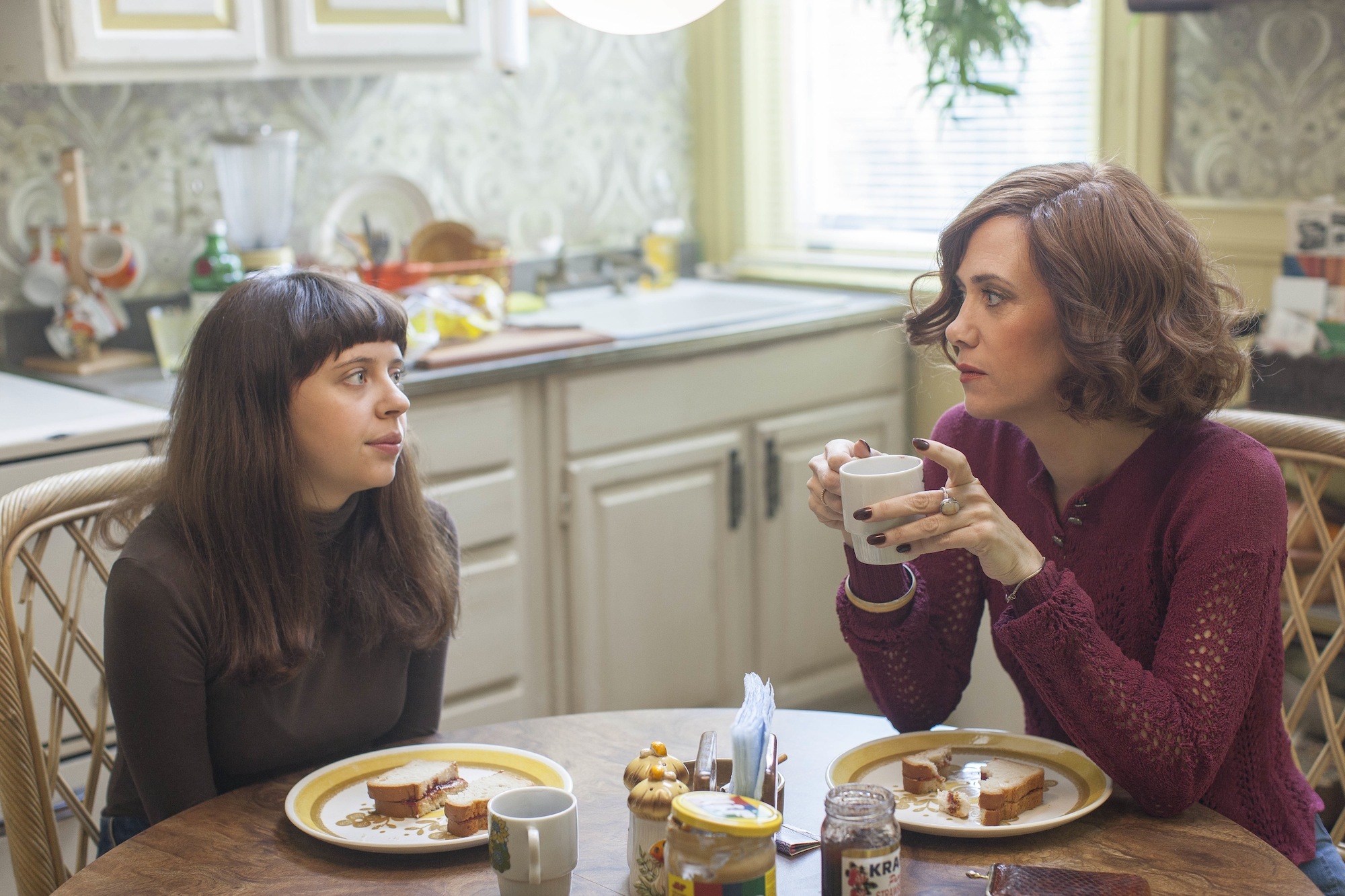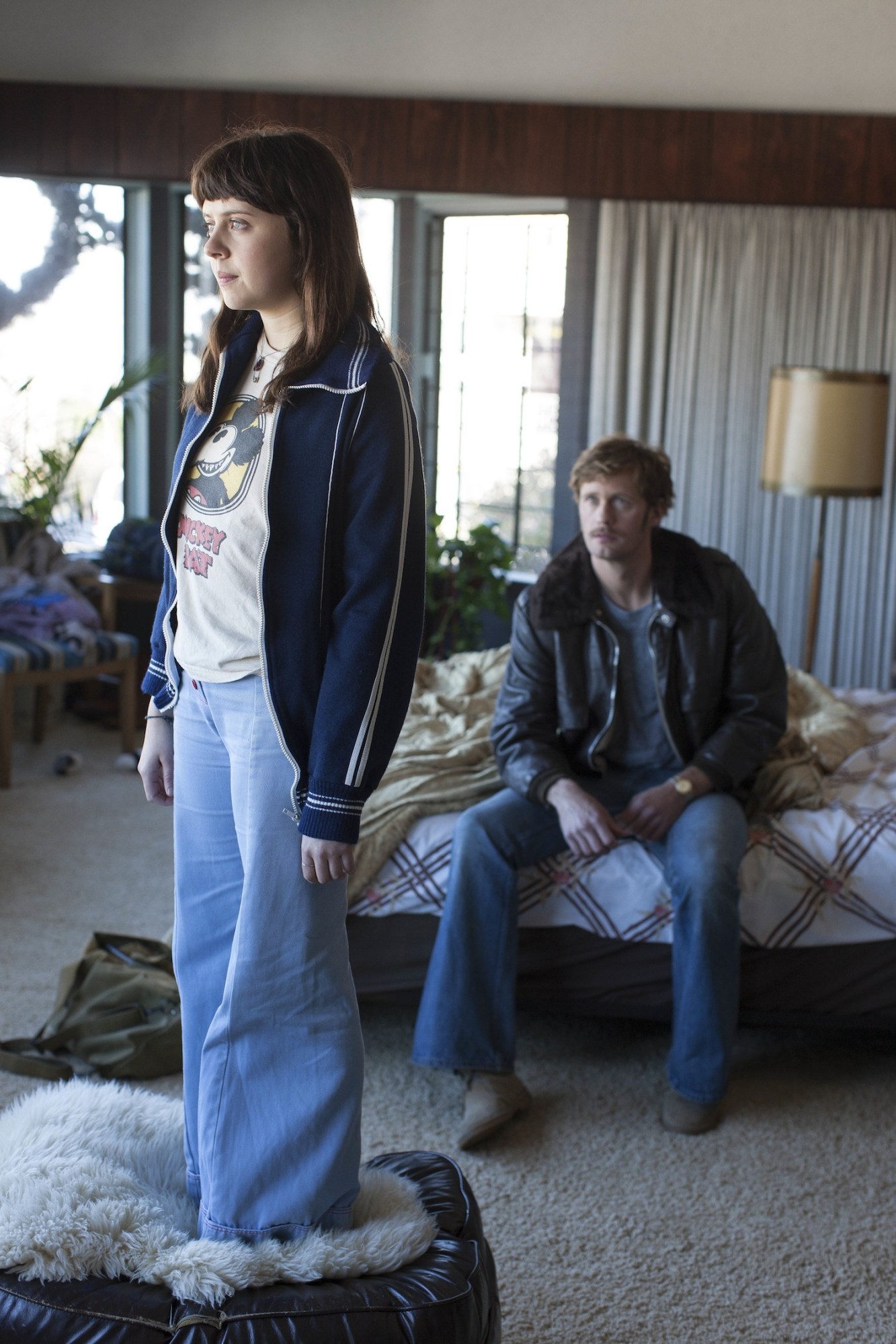It’s not a story you’d think many girls would be able to relate to–fifteen-year-old Minnie Goetze is growing up amid the wild 1970s San Francisco counterculture when she has an affair with her mother’s boyfriend. And yet, Diary of a Teenage Girl, the film which comes out August 7th, depicts the real, painful emotions of coming into adulthood and discovering sexuality as a woman that I have rarely–if ever–seen depicted on-screen. “I wonder if anybody loves me who I don’t know about?” Minnie asks herself in the beginning of the film. And then later, after her character transforms, “I refuse to be some sniveling crybaby. This is my life.”
Part of the movie’s success comes from the power of Bel Powley, the British actress who plays the protagonist Minnie Goetze. Her expressive face reveals all the highs and lows of adolescence. Part of it is the story itself, which was adapted from a graphic novel of the same name by Phoebe Gloeckner. But the film owes its pitch-perfect depiction of a lonely teenage girl to first-time writer and director Marielle Heller. We talked to Heller about a particularly tricky acid trip scene, how she feels about the NC-17 rating the film received in the UK, and why she loved the book so much she felt it needed to become both a play and movie.
You’ve now adapted Diary of a Teenage Girl for the stage and for film. When did you first come across the book?
I wasn’t looking for material to adapt or anything like that–my sister just gave me this book because she thought I would love it as a Christmas present. And I just fell in love with Minnie as a character. It was a more honest depiction of female sexuality and being a teenager than I’ve ever come across. It’s like you don’t realize you’re missing something until you fill that void and I didn’t realize my whole life I’d been looking for this and here it was.
You must have a pretty close relationship to the text at this point?
Yes. I’ve basically been working on this project for eight solid years. Phoebe Gloeckner who wrote the book was so generous with me. She let me get to know her really well, come to her house, stay with her, read through her old diaries and look at her old pictures and drawings. She just knew I was embarking on an artistic project just like she had. She gave me that space which was very generous considering it was her life’s work that she was handing over to me.

What was it like being a first-time filmmaker? Anything you didn’t expect?
Something that was influential was that I went to the Sundance Directors Lab and that helped me feel confident with my ability to direct. I’m an actor and a writer, so I really approached the material from a story point of view. I always felt self-conscious that I wasn’t going to know the technical jargon of making a film and I came out of the lab feeling very confident that the thing I needed to know more than anything was the story and knowing how to speak to actors. I knew the story inside and out and I knew how to talk to actors. That felt like my strength.
Was there a particular scene in the film that was tricky to nail down?
The acid trip scene I ended up rewriting and reworking and I feel really good about where it landed. I think I did eighteen different versions of that scene. I never wanted to feel like it was a drug scene you’d seen before in a film and I didn’t want to make fun of it because it actually needed to be a big emotional pivot point for the story. Then it ended up being one of the most complex scenes to film because we practically lifted her off the bed and our costume designer built a hand-sewn feather costume and then we animated over, filling in each feather.

I’ve heard about this movie being described as “Lolita from the girl’s perspective.” Did you think about it that way at all?
I guess a little. I knew there were other movies that existed that told a similar story from a male or adult story. But for me this is its own story and one I felt compelled by and my goal was always to tell it from the female perspective and to be really honest in that telling.
You’re from the Bay Area. Did you feel the influence of the 60s and 70s on your own upbringing?
Definitely. My parents were hippies in the 60s in the Bay Area. I was really raised in the 80s but I think that time has affected the Bay Area forever. You still feel the reverberation of the 60s there, but the 70s definitely. There was an aftermath. It’s part of a history of the place.

Bel Powley’s face is so expressive in the film. How did you end up casting her?
I loved her face. My editors would make fun of me because they would say I was in love with her face, that the camera loved her face. Everything is in her eyes. I had a traditional casting process; I auditioned tons and tons and tons of girls. But she was Minnie.
The film received an NC-17 rating in the UK. How are you feeling about that?
It’s very harsh. It’s really disappointing and never what we expected. We certainly didn’t expect there to be a more lenient rating in the US than the UK. It was an all male board that gave us that rating and I just think it’s sad and pathetic that an all male board has decided what young women are allowed to see and think and talk about. All I can say is it was shocking and disappointing and I hope girls all over the UK can see the movie.

Credits
Text Austen Leah Rosenfeld
Images courtesy Sony Classics
